CRAQ’s researcher Pierre Bergeron is part of the team of astronomers that developed a new use for a century-old relativity experiment to measure a white dwarf’s mass
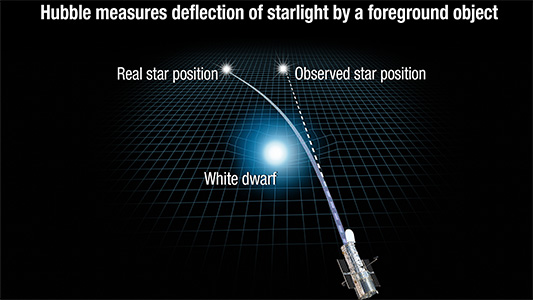
An international team of astronomers, including Professor Pierre Bergeron from the Center for Research in Astrophysics of Quebec and Université de Montréal, used the sharp vision of NASA’s Hubble Space Telescope to repeat a century-old test of Einstein’s… Read More
Jason Rowe receives an award for best scientific poster at CASCA’s Annual meeting in Edmonton

CRAQ researcher Jason Rowe received an award for best science poster at the last annual meeting of the Canadian Astronomical Society (CASCA), held from May 30 to June 1, 2017, at the University of Alberta in Edmonton. The… Read More
Two researchers from the CRAQ contribute to the discovery of a giant wave rolling through the Perseus Galaxy Cluster
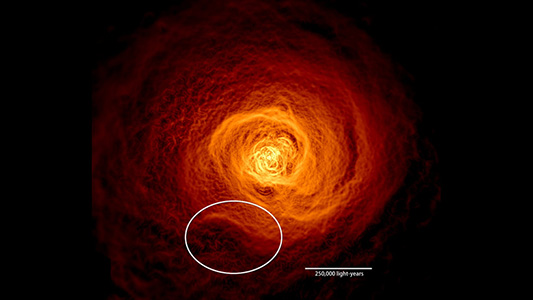
Combining data from NASA’s Chandra X-ray Observatory with radio observations and computer simulations, an international team of scientists has discovered a vast wave of hot gas in the nearby Perseus galaxy cluster. Spanning some 200,000 light-years, the wave… Read More
David Lafrenière and Pierre Chastenay receive prestigious honors from the Canadian Astronomical Society (CASCA)
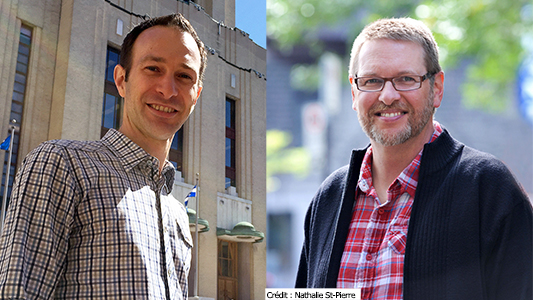
David Lafrenière David Lafrenière of the Université de Montréal, and member of the CRAQ, is the 2017 recipient of the inaugural Harvey B. Richer Gold Medal from CASCA. David Lafrenière earned his PhD in 2007 from the Université… Read More
Professor Victoria Kaspi receives the Prix d’excellence 2017 FRQNT
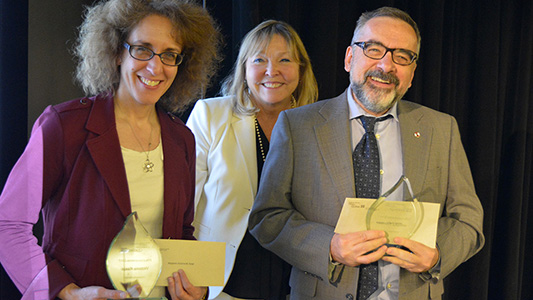
The Center for Research in Astrophysics of Quebec (CRAQ) congratulates Professor Victoria Kaspi, of McGill University, who won the 2017 Prix d’excellence of the Fonds de recherche du Québec – Nature et technologies (FRQNT). Professor Kaspi receives this… Read More
The Mysterious Star
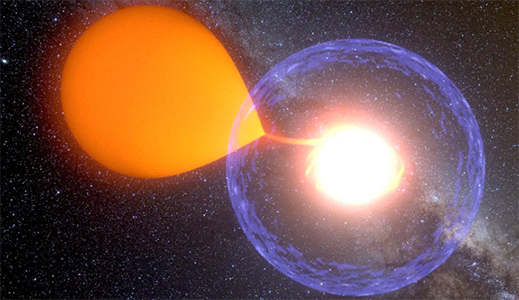
Observations obtained by an international team of astronomers, including Laurent Drissen, Thomas Martin and Alexandre Alarie from Université Laval and members of the CRAQ, could explain the sudden appearance of a “guest star”, observed more than three centuries… Read More
L’Observatoire du Mont-Mégantic recevra 1 M$.
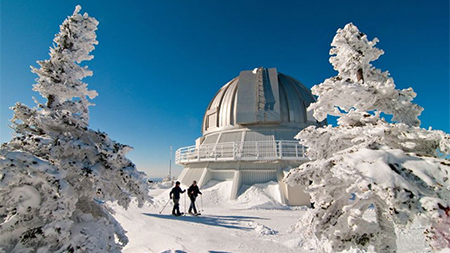
L’Observatoire du Mont-Mégantic recevra un financement de 1 M$ du gouvernement du Canada pour un projet de développement technologique et scientifique, et pour l’entretien de ses installations. La ministre du Développement international et de la Francophonie et députée… Read More
Iota Orionis: pulsating beacon of a constellation
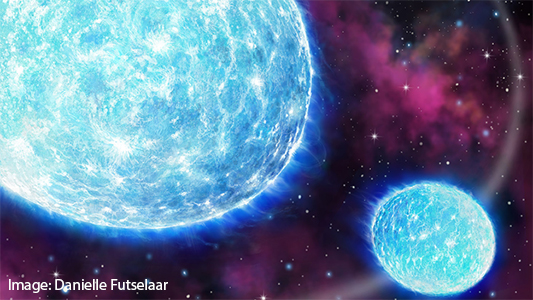
Using the world’s smallest astronomical satellites, researchers detect the biggest stellar heartbeat ever MONTREAL, March 8, 2017 – Astronomers from the BRITE (BRight Target Explorer) Constellation project and Ritter Observatory have discovered a repeating one-per-cent spike in the… Read More
Deux astrophysiciens du CRAQ à TLMEP

Robert Lamontagne et Marie-Eve Naud discutent de la découverte récente d’un système planétaire, formé de sept planètes semblables à la Terre, autour de l’étoile TRAPPIST-1 dans le cadre de l’émission « Tout le monde en parle » du 26… Read More
Professor Julie Hlavacek-Larrondo is part of an international team to understand how black-hole powered jets are forging fuel used in star formation.
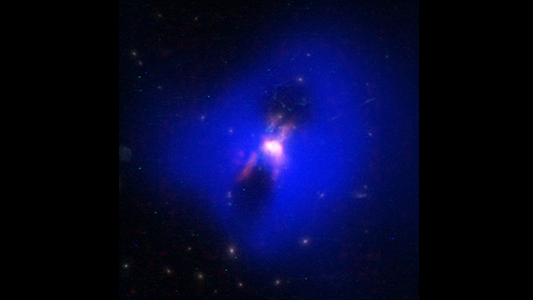
Astronomers using the Atacama Large Millimeter/submillimeter Array (ALMA) have discovered a surprising connection between a supermassive black hole and the galaxy where it resides. Powerful radio jets from the black hole — which normally suppress star formation —… Read More
